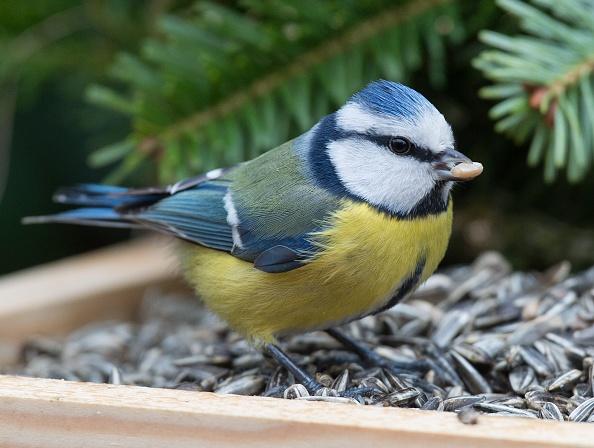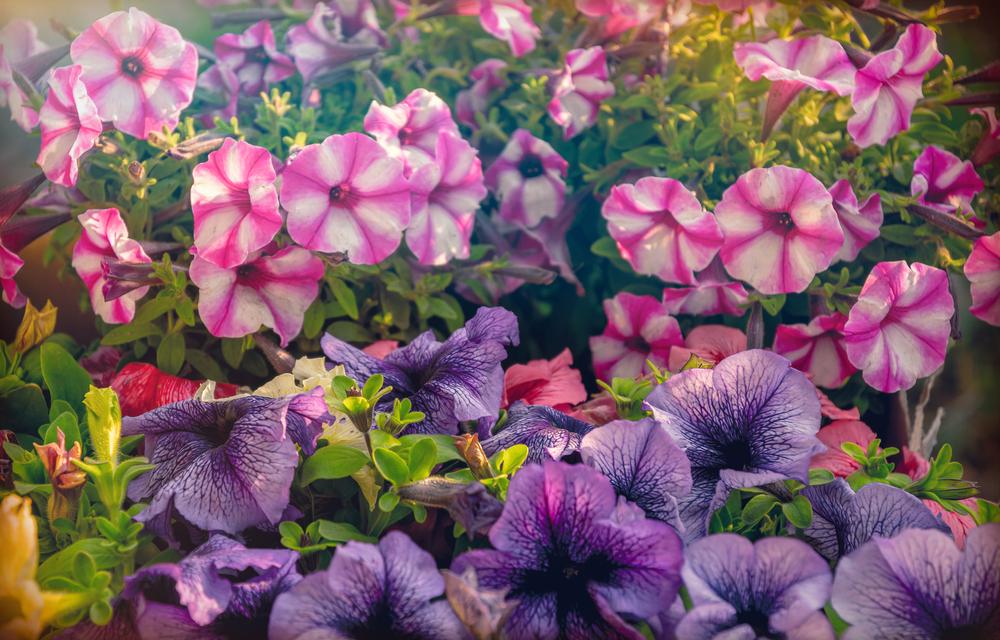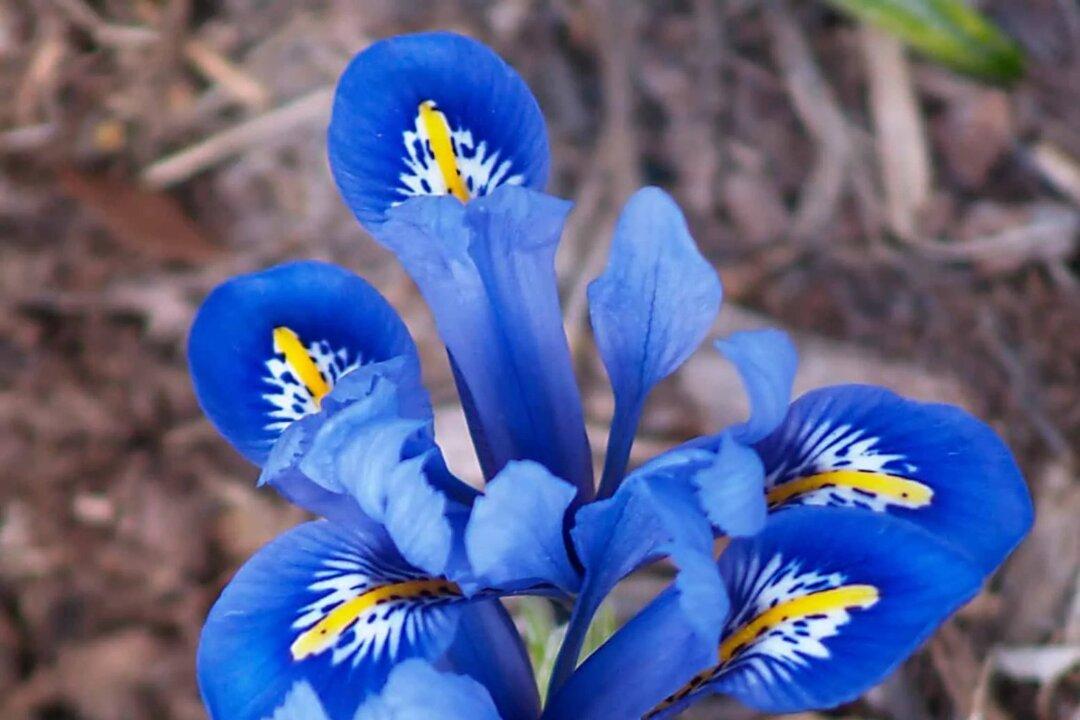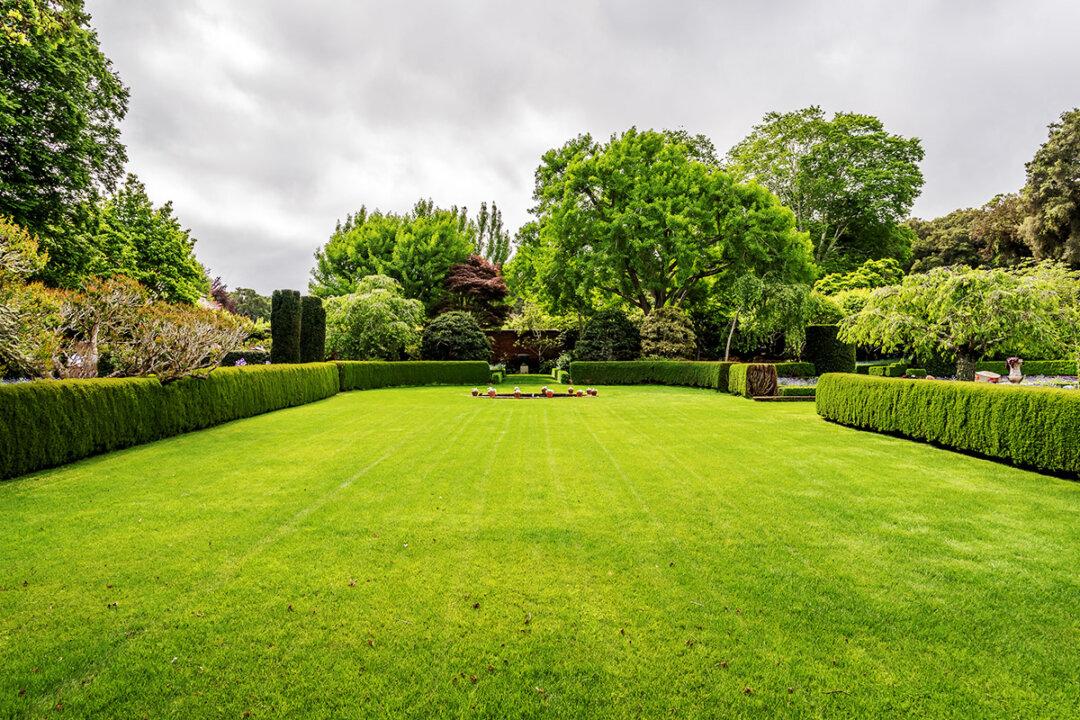Birds have been a gardener’s (and a farmer’s) best pest control since humans first planted crops. As a geek who searches out old gardening books, it’s not uncommon for me to find entire chapters devoted to attracting birds to farm and garden to control insects. Sure, it can be frustrating to watch our avian friends steal the last blueberries, snap off a tulip bloom or eat the corn seed you just planted. But you should consider that a small price, wages for keeping the local insect population in check.
As we’ve moved away from our agrarian roots, we seem to have lost sight of the fact that birds are helpers, not pests, for gardeners and farmers. In fact, birds play an important role in balancing the local ecosystem. When insect populations explode, birds can swoop in like the cavalry and feast on the healthy insects which are most likely to survive and reproduce (birds are notoriously adept at identifying sick or infected insects which may not survive the season). And birds specialize – some species roost in trees and seek out insects under or on bark, others forage for ground-dwelling insects, and still other birds such as Swallows, eat flying insects in mid-flight. As an added bonus, some species – like Sparrows – supplement their dietwith weed seeds such as crabgrass, pigweed, and ragweed.
But birds typically don’t appear in your yard from out of nowhere. They live where the food is, just like us humans. That means the more you do to make your landscape inviting to birds, the more likely that corn borers, mosquitos, ants, moths, beetles, grasshoppers, slugs, hornworms, and other insect pests will be kept to manageable levels. And this is where the eco system balance comes in – more birds means fewer insect pests, which means less need for insecticide, which makes your yard safer and more inviting for birds, which means more birds set up house and eat more insects.
If you live on the edge of a woody area, birds will be naturally plentiful. If you live in a suburb or city, with a little effort, you can host a significant bird population, regardless of how large or small your yard or garden is. And no one but a chronic sourpuss doesn’t like to hear birds singing in the morning.
Birds need 3 simple things: food, water, and a sheltered area to nest.
Attract birds with a source of food
Many homeowners think they’re doing birds a favor by keeping their bird feeders full of seed year round. And they are. But they’re not doing themselves any favors. Just like us, birds eat the most available sources of food. So if your bird feeder is filled with seed in summer and fall, birds will eat significantly fewer insect pests in favor of the seed – after all why work for your food if you don’t have to?
Bird feeders should be filled with seed and suet when birds have a harder time finding food – mid-winter through early spring, when insects and natural seed sources are rare. As the weather warms in spring, snow melts, the grass greens, and insect populations emerge from dormancy, providing ample food for birds. Plus, that robust food source in early spring, the bird feeder, encourages nesting close by. That means birds will already be on hand when insects appear, keeping them in check from the get-go. I highly recommend squirrel-proof bird feeders, if you'd like to actually keep some of the seed for the birds – squirrels are big bullies and will steal the entire contents in minutes.
Provide an area for birds to nest
Not every bird lives in a tree nest or a bird house. Some prefer shrubs, mud, ground cover, cliffs, stumps of trees, under bridges, even the rain gutters or eaves of your home. If you have an old, dying tree on your property that poses no risk, leave it in place, as birds like woodpeckers will make their home in it. If you have the space, encourage nesting by planting species of shrubs, flowers and trees that are native to your area – birds are much more likely to make their home in species they’re familiar with. They especially favor native evergreens for the shelter they provide from winter weather, drenching rain, and heatwaves.
Provide a source of water for birds
Birds need an ample amount of water in their diet. Provide a garden pond or a birdbath in a sheltered area and it’s like turning on a neon “vacancy” sign for birds. They'll move in and create a nice little bird neighborhood lickety-split. A birdbath should never be in a wide open area, as birds will feel too vulnerable and will avoid it. Install a birdbath either at ground level (especially in your vegetable garden), or on a pedestal at the edge of shrubs or trees, offering a quick escape from predators. Shrubs and trees also provide shade for the birdbath to keep it cool and slow evaporation. Besides drinking the water, birds do indeed bathe in it to clean their feathers.
Be choosy about which birdbath you buy or make – it should mimic how shallow puddles and pools of water are found in nature. A birdbath should never be made of a smooth material like glass or metal which may be slippery. Birds like roughened edges such as wood, stone, brick or shallow cement which they can easily grip. If you don’t mind the aesthetics, you can easily make a birdbath out of a trash can lid or an old, roughened-up frying pan – anything that is shallow and holds water which birds can get a good grip on.
Note that cats are the biggest threat to birds when they’re using a birdbath, as wet feathers make taking off rather slow. If you have a cat, please keep it away from the birdbath.
To learn more about inviting birds into your backyard, visit the Cornell Lab of Ornithology’s website, All About Birds. One of the best books I’ve read on the subject is George Adams’ Gardening For The Birds.
This article is written by Todd Heft, the head administrator for bigblogofgardening.com. This article is republished with permission, original article here.




